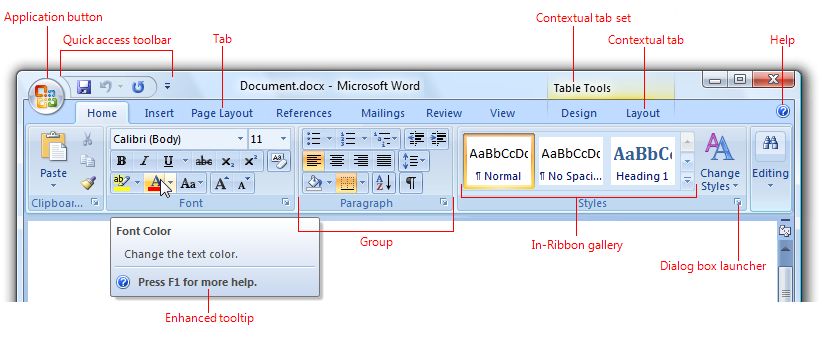Windows Compact Command Create Zip
- Windows Compact Command Create Zip Version
- Create Zip Files Windows
- Windows Compact Command Create Zip Download
Individual Zip files of folders. It is also possible to create a set of Zip files where the contents of all of the subfolders in a folder will be zipped into individual Zip files. This set of commands contains a few steps and will not work directly from a command prompt. Command Examples for Windows. The 7-Zip command-line executable file is the 7za.exe.
7-Zip Command-Line Examples This tutorial shows 7-Zip on the command line. Compress, extract, archive and optimize with the 7za.exe executable. 7-Zip is an effective compression program. The 7za.exe program is used to compress, extract and update files through the command line. It provides superior compression. It is open-source. I don't think there is a command line for ZIP files built in to Windows (Other than compress in Server 2003 Resource Kit). State gambling ages. You'd have to use a third party. Everybody loves 7zip!
Windows built-in command compact allows one to compress or un-compress files on a NTFS file system. Using this command we can set compression attributes on a directory also so that the new files added to the directory will be compressed automatically.Let’s see the syntax of the command ‘compact‘ with few examples.
Check the compression status of a file:
Example:
Compress a file from command line:
Example:
Uncompress a file:
example:
To compress all the files in the current directory
To compress all the files in the current directory and also the sub directories and the files within them recursively
To un-compress all the files in the current directory
To un-compress all the files in the current directory and also in its sub directories:
Related Posts:
Understanding NTFS compression
File Compression
With the enormous amount of enterprise data that is created and stored, there is a pressing need to conserve disk space and optimize data transfer time. There are various tools, utilities, and commands that are used for file compression. Some of the commonly used commands are:
– The compress command
– The gzip command
– The zip command
The compress Command
When compressing a file, the compress command replaces the original file with a new file that has a .Z extension.
The ownership and modification time of the original file remain intact, but the content of the file changes. The amount of compression depends on the type of file you compress. Typically, compression reduces a text file by 50 to 60 percent.
Compressing a File: compress Command
The following example shows you how to compress a file called test.tar.
Here,
– The -v (verbose) option provides information about the percentage of reduction or expansion of each file.
– The compressed file, test.tar.Z, replaces the test.tar file.
Viewing a Compressed File: zcat Command
The zcat command prints the uncompressed form of a compressed file to the standard output.
To view the content of the data.txt.Z compressed file, enter the following command:
Windows Compact Command Create Zip Version
The zcat filename command is functionally identical to the uncompress -c filename command. For example the to view the content of the compressed file data.txt.Z, we can also use the command shown below.
Uncompressing a File: uncompress Command
The uncompress command restores a compressed file to an uncompressed state.
To uncompress the test.tar.Z file and restore it to the test.tar file, enter the following command:
The -v option displays additional messages about the action being performed.
You can use the uncompress command with the -c option to send the content of a compressed file to the stdout, the screen, without changing the compressed .Z file. Otherwise, you can use the pipe ( ) character to send the output of the uncompress command to another program.
You can use the tar command to list the content of the file that the uncompress command is reading.
New bonus codes. The dash (-) at the end of the command line indicates that the tar command reads the data from the piped output of the uncompress command rather than a tar file or a disk.
Compressing a File: gzip Command
Alternatively, you can also use the gzip command to compress files.

The gzip command performs the same function as the compress command, but the gzip command generally produces smaller files. For example, to compress a set of files, file1, file2, file3, and file4, enter the following command:
The compressed files have a .gz extension.
Viewing a Compressed File: gzcat Command
The gzcat command displays files that were compressed with either the gzip or compress commands.
To view the data.txt.gz file, use the following command:
Uncompressing a File: gunzip Command
The gunzip command uncompresses a file that has been compressed with the gzip command.
To uncompress the file1.gz file, use the following command:
Compressing and Archiving Multiple Files: zip Command
Create Zip Files Windows
The zip command compresses and archives multiple files into a single file in one go.
Crazy bugs slot machine. To compress test1 and test2 into the test.zip archive file, enter the following command:
By default, the zip command adds the .zip extension to the compressed archive file if you do not assign a new file name with an extension.
Viewing and Uncompressing Archive Files: unzip Command
The unzip command is used for listing the files and also for extracting the content of a compressed .zip file.
Windows Compact Command Create Zip Download
To uncompress the file.zip archive file, use the following command: How to play slots at a casino.